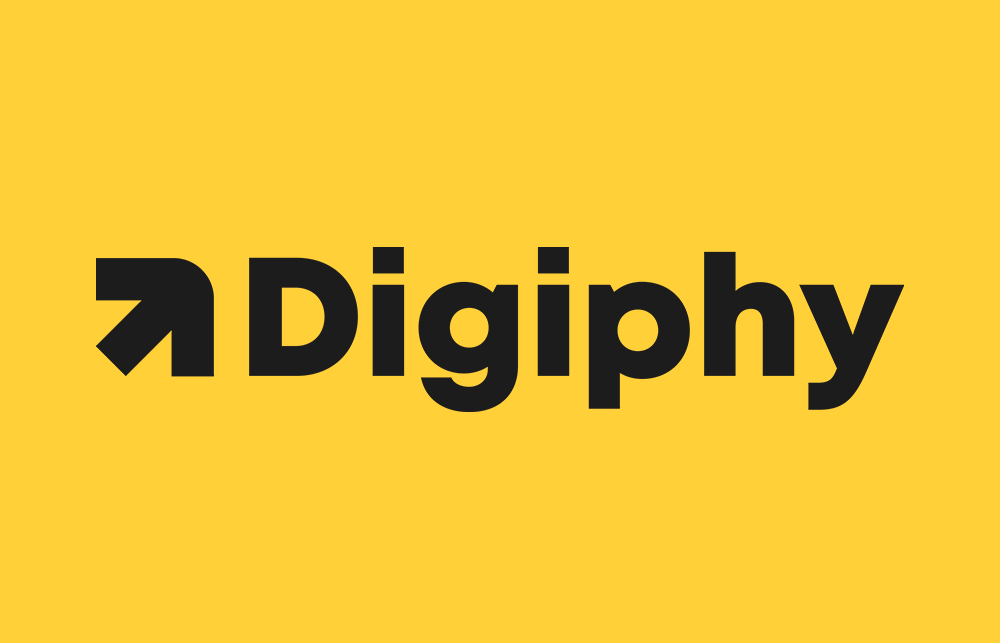We were lucky to catch up with Sarah Ellenbogen recently and have shared our conversation below.
Hi Sarah , thanks for joining us today. Are you happier as a business owner? Do you sometimes think about what it would be like to just have a regular job?
Yes, I’m happier than I’ve ever been. But that doesn’t mean I don’t sometimes wonder – what if I had stayed in a traditional corporate job?
One night last week, that thought hit hard. It was nearly 7 PM, and I was still at my desk, drained from a relentless day. I was deep in Q2 financial projections, fine-tuning my Seed investor deck, and racing to catch up on follow-ups from a packed week of pitches. Earlier, a major deal hit a roadblock, an investor was pressing for deck updates and a recorded pitch, and I had overdue emails stacking up.
Meanwhile, my kids needed me. My husband was traveling – again – so I was solo parenting, which is nothing new with his intense work schedule. One child needed help prepping for a math test, another had late swimming practice I had to pick him up from, and another was curled up in bed, sick. I felt stretched impossibly thin, trying to juggle everything, barely keeping it together.
And for just a moment, I let my mind drift – what if I still worked at Google?
I pictured the calm, structured environment I had left behind. The steady paycheck. The clear job description. The teams of people solving problems that, in my startup world, all fell on me. I imagined logging off at a reasonable hour, enjoying weekends that were actually weekends, and knowing that even if I disappeared for a few days, the company would keep running just fine without me.
It was a tempting thought.
But then I asked myself: Would I trade this for that?
And the answer was still no.
Because despite the chaos, the stress, and the relentless to-do list, this is mine. Every late night, every hard decision, every challenge – it all leads to something I’m building, something I believe in. At Google, I was part of an incredible machine, but I was still just a small cog in a massive system. Now, I have the freedom to shape my company’s future, make the calls, and own the impact.
Yes, the pressure is immense. Yes, some days, I envy the predictability of a “regular” job. But the trade-offs are worth it – the freedom, the creativity, the impact, the ownership. That’s what fuels me.
And here’s the biggest insight I’ve gained: Happiness isn’t about ease or comfort – it’s about fulfillment.
Entrepreneurship is hard, but for me, nothing is more fulfilling. So I’ll take the late nights, the uncertainty, and the stress – because I know I’m building something that matters.

Sarah , love having you share your insights with us. Before we ask you more questions, maybe you can take a moment to introduce yourself to our readers who might have missed our earlier conversations?
I spent 15 years at Google and YouTube, leading and commercializing major ad tech initiatives and seeing firsthand how brands struggled to engage consumers beyond walled gardens like retail, social, and ad platforms. Unless they sold DTC, they had little to no first-party consumer data, making it harder to drive sales and loyalty.
That’s why I built Digiphy – a platform designed to help brands maximize consumer engagement, capture data in traditionally hard-to-reach places, and unlock new revenue opportunities.
What We Do at Digiphy:
-We turn every physical and digital touchpoint – product, package, hang tags, inserts, digital ads, in-store assets, and more – into a conversion-optimized experience using AI-powered, no-code campaign creation that:
-Educate consumers on product benefits and sustainability
-Drive sales with exclusive offers, rebates, and promotions
-Boost loyalty with personalized messaging flows
-Capture first-party data to fuel CRM and re-marketing
-Enhance brand storytelling through video, user-generated content, and social integrations
-Ensure compliance with GS1 2D QR codes and the EU’s Digital Product Passport (DPP)
We work with brands and creators like Native Pet, Innocent Drinks (Coca-Cola), Bumble, Little Sleepies, Maazah, Santigold, and other enterprise and high-growth companies to 10x consumer engagement and data capture.
What I’m Most Proud Of:
-Building a Business from the Ground Up – Leaving Google’s stability to start Digiphy was one of the hardest and best decisions of my life. The transition from corporate to startup meant long hours, constant problem-solving, and full ownership of every challenge, but the impact is tangible.
-Driving Real Results for Brands – Helping brands capture thousands of new consumer profiles per week, increase retail sales, and transform compliance into a growth opportunity proves that the right technology can create real value.
-Creating a Product with Purpose – Consumers deserve better, more relevant information to make informed choices. Digiphy helps brands provide that while simultaneously unlocking new revenue streams.
How Digiphy Can Help You:
If you’re a brand looking to own the consumer relationship beyond retail and Amazon, capture valuable first-party data, and turn packaging regulations into a strategic advantage, Digiphy can help.
We deliver high ROI, increased LTV, and cost-effective campaigns that drive measurable results. Let’s connect.
We often hear about learning lessons – but just as important is unlearning lessons. Have you ever had to unlearn a lesson?
After spending 15 years at Google and YouTube, I thought I was built for speed. I thrived on adaptability, quick execution, and driving big ideas forward. But by the time I left, “moving fast” at Google didn’t mean what I thought it did.
In Big Tech, speed still comes with guardrails – months, even years, spent on strategic deliberation, data analysis, and cross-functional buy-in before making a move. I was constantly told to slow down, get more feedback, and secure alignment before executing.
So when I launched Digiphy, my startup, I thought I was ready for the breakneck pace. In reality, I had no idea just how fast startups needed to move.
At a startup, months become weeks, weeks become days. Decisions happen with less data, fewer resources, and higher stakes. In the past year alone, we’ve pivoted our go-to-market strategy three times – not because we wanted to, but because we had to.
This speed was jarring, not just for me but for my team. At first, I expected everyone to keep up. But I quickly learned that some people – especially those coming from structured corporate roles- weren’t comfortable operating with such ambiguity and urgency.
One of the hardest lessons? Not everyone is built for this, and that’s okay.
Have you ever had to pivot?
When we launched Digiphy, the vision was clear – help brands bridge the gap between physical products and digital engagement. Our smart packaging and QR-based platform enabled brands to deliver rich content, storytelling, offers, and compliance information through dynamic, real-time product pages.
The problem? Brands weren’t ready to prioritize it.
Even with GS1 2D QR codes and Digital Product Passports (DPP) on the horizon, compliance deadlines were years away. Brands were intrigued by owning consumer relationships beyond retail and Amazon, but sales – not engagement – was their top priority.
The Pivot: From Digital Packaging to Conversion-Optimized Campaigns
We expanded Digiphy’s platform beyond packaging to power conversion-driven campaigns across all touchpoints – QR codes, digital ads, website embeds, and more. The technology remained the same, but the focus shifted:
-No-code, AI-powered campaigns that adapt and optimize in real time
-Revenue-focused experiences that drive sales, data capture, and loyalty
-Seamless integration across packaging, marketing assets, and digital channels
-This shift transformed our customer conversations. Instead of leading with compliance and engagement, we led with growth, revenue, and first-party data – and suddenly, brands were all in.
What We Learned:
1. Listen to the market, not just your vision. Smart packaging is the future, but brands need immediate revenue solutions today.
2. Speed matters more than perfection. Our pivot launched in alpha – we’re optimizing in real time, not waiting for perfection.
3. Customers don’t buy technology, they buy outcomes. Positioning Digiphy as a revenue and data driver changed everything.
Pivoting wasn’t easy, but it made Digiphy essential – helping brands 10x engagement, drive new revenue, and capture thousands of consumer profiles per week.
Our first version of Digiphy wasn’t wrong – it just wasn’t urgent. This pivot made it necessary and sales increased because of it.
Contact Info:
- Website: https://www.digiphy.it
- Instagram: https://www.instagram.com/digiphy.it/
- Linkedin: https://www.linkedin.com/in/sarahellenbogen/
- Youtube: https://www.youtube.com/@Digiphy-it


